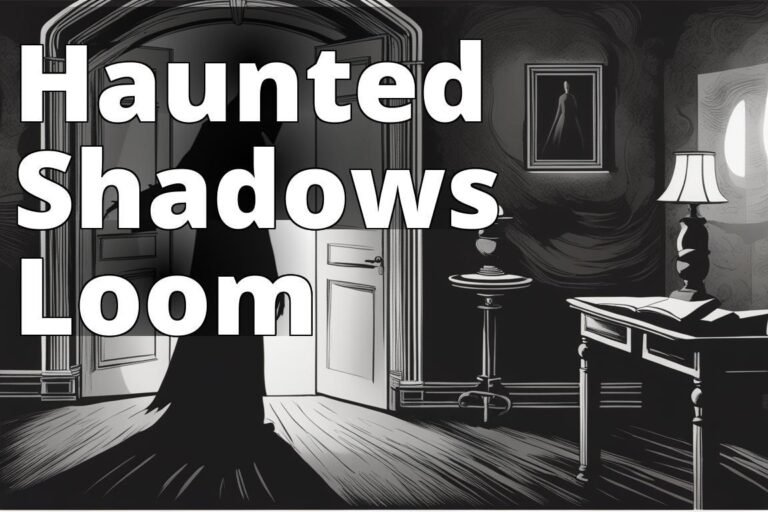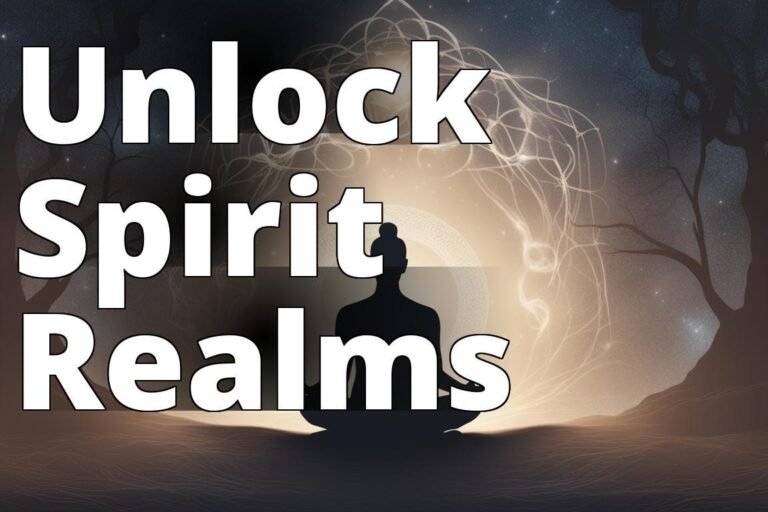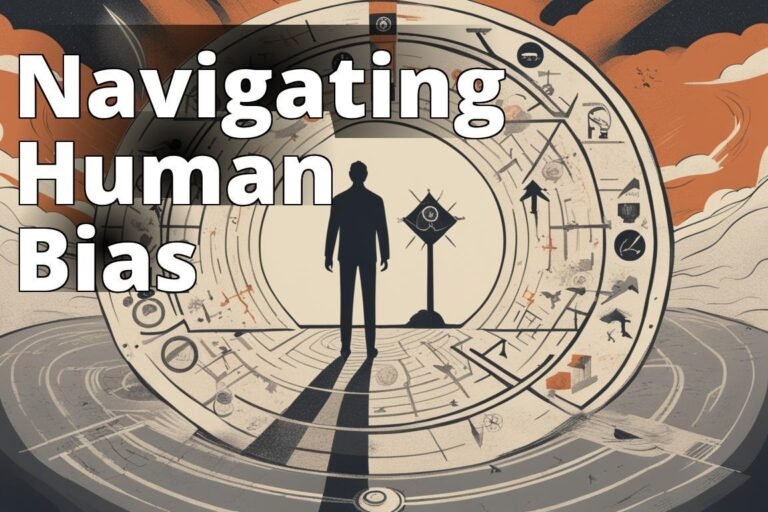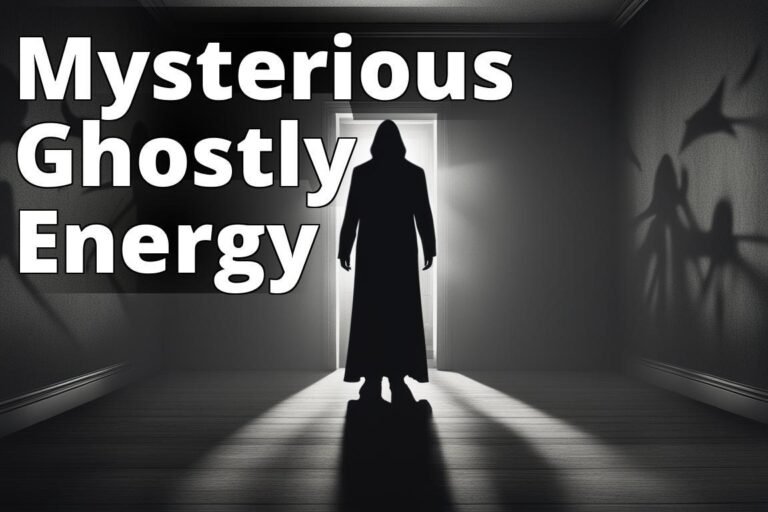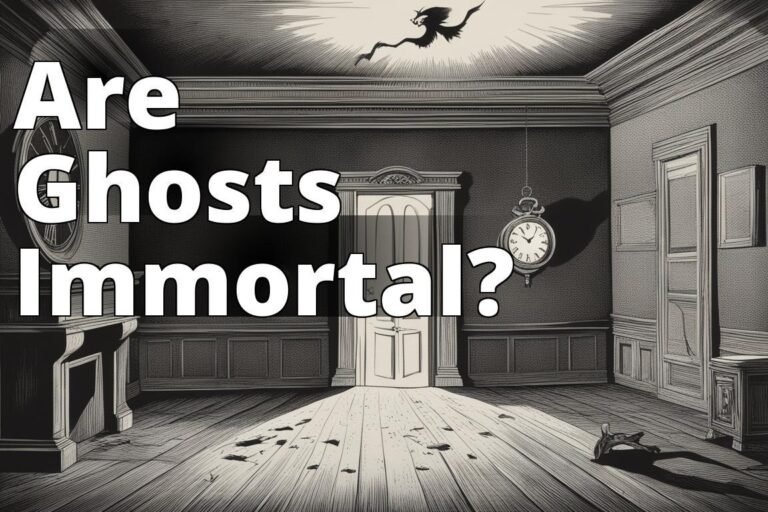The 10 Best Ghost Stories
What do ghosts mean in literature? This question opens a realm of spectral imaginings and haunted narratives that have fascinated readers for centuries. Ghost stories, with their eerie settings and chilling encounters, serve more than just the purpose of scaring us; they act as mirrors reflecting the complexities of the human psyche and the mysteries of the beyond. In this exploration of classic ghostly tales, we delve into the essence of what makes these stories resonate across generations, unearthing the thin white lies woven into their fabric.
Learn about Ghosts in Literature
- Ghosts in literature convey hidden messages.
- They often symbolize unresolved issues or fears.
- Ghosts can represent the supernatural or psychological aspects.
The 10 Best Ghost Stories
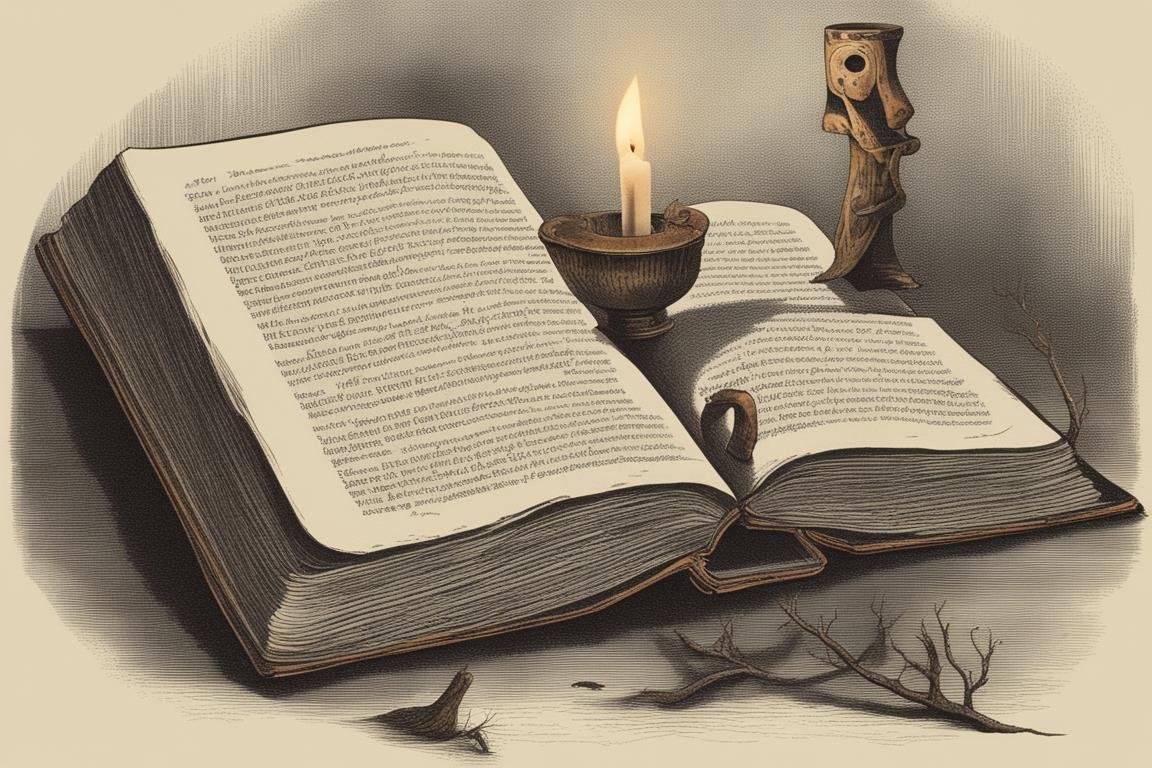
From the windswept moors of England to the gilded rooms of haunted mansions, the settings and characters of these stories are as diverse as the ghosts that haunt them. Each story, a masterpiece in its own right, offers a unique perspective on what ghosts mean in literature, serving as a conduit for exploring human emotions, societal norms, and the universal fear of the unknown.
1. The Signal-Man by Charles Dickens
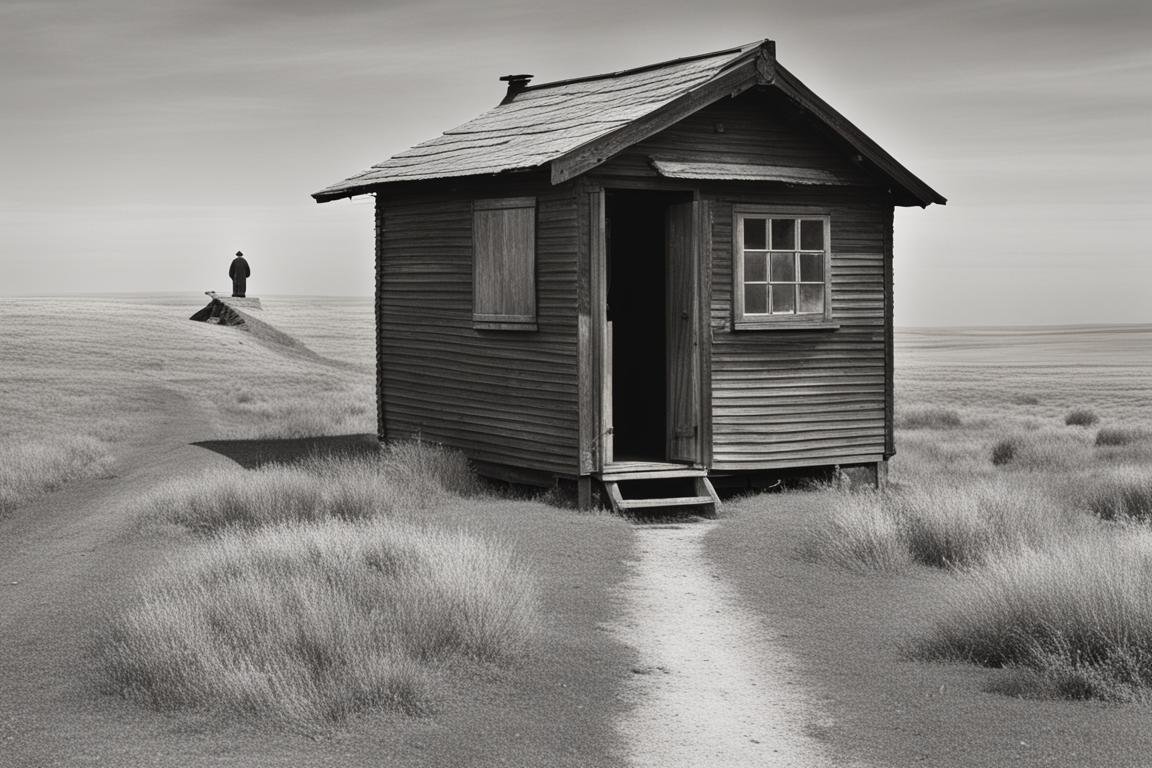
Charles Dickens’ “The Signal-Man” is a haunting narrative that intertwines the supernatural with the technological advances of the Victorian era. The ghost in this tale is a premonition, a harbinger of doom, which challenges the notion of progress with its eerie predictions. Insider Tip: Pay attention to the descriptions of the train and the tunnel – they symbolize the unstoppable force of industrialization and its impact on the human soul.
2. The Beckoning Fair One by Oliver Onions
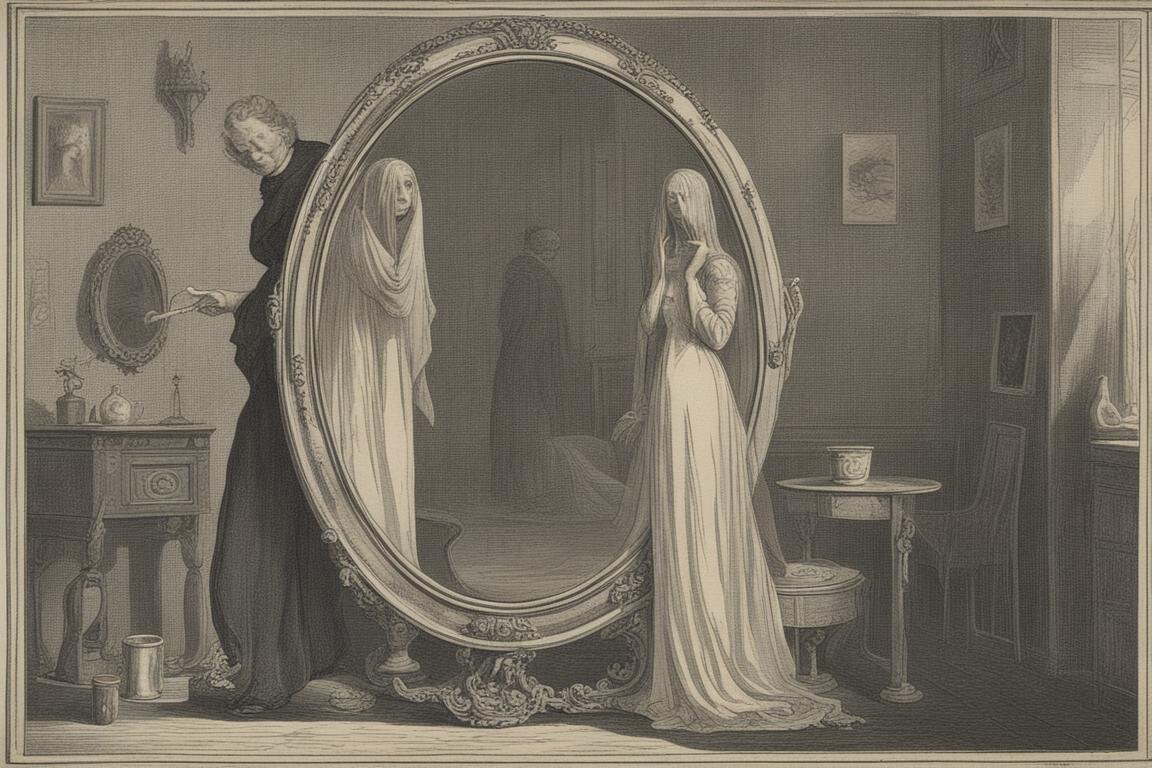
In “The Beckoning Fair One,” Oliver Onions explores obsession and madness through the lens of the supernatural. The ghost here is as much a product of the protagonists psyche as it is a resident of the haunted abode he inhabits. This story masterfully blurs the lines between reality and hallucination, questioning the reliability of perception and the power of unseen forces.
3. The Open Window by Saki
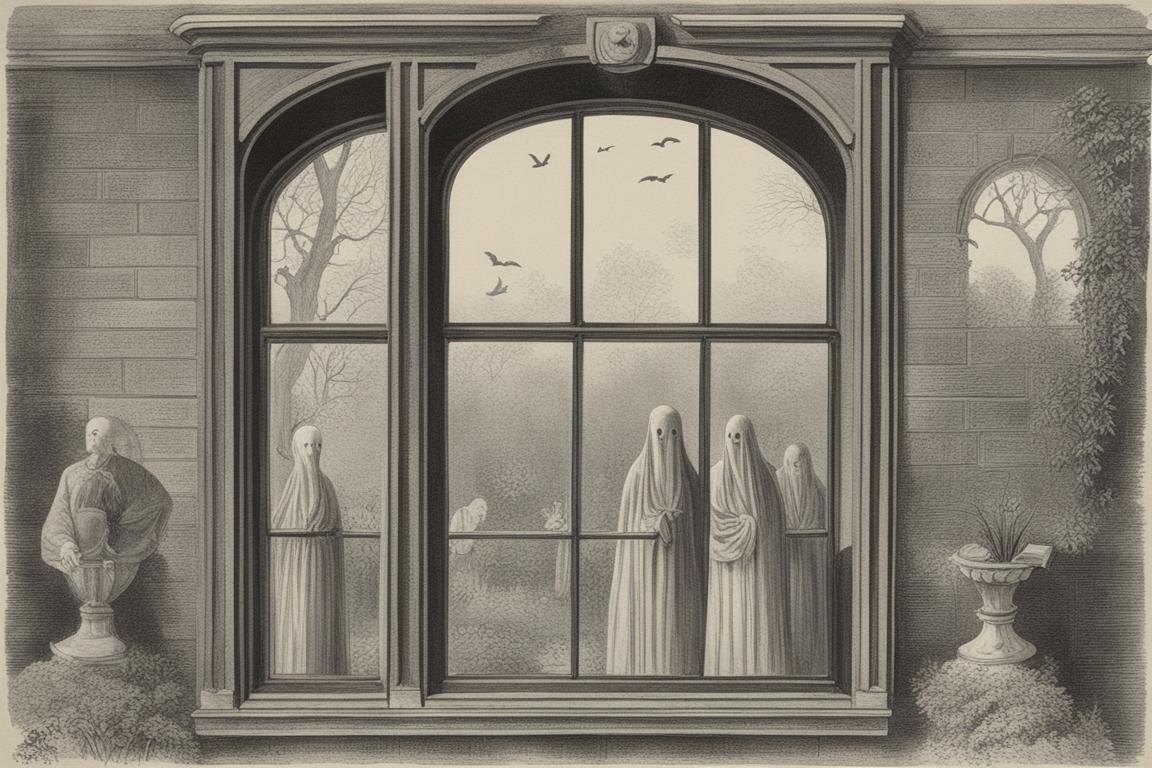
Saki’s “The Open Window” takes a lighter approach to the ghost story genre, using it as a vehicle for social commentary and wit. The “ghosts” in this tale are fabrications, manifestations of a young girl’s imaginative prank. However, they underscore the theme of escapism and the human desire to believe in the extraordinary as a respite from the mundane.
4. The Specialists Hat by Kelly Link
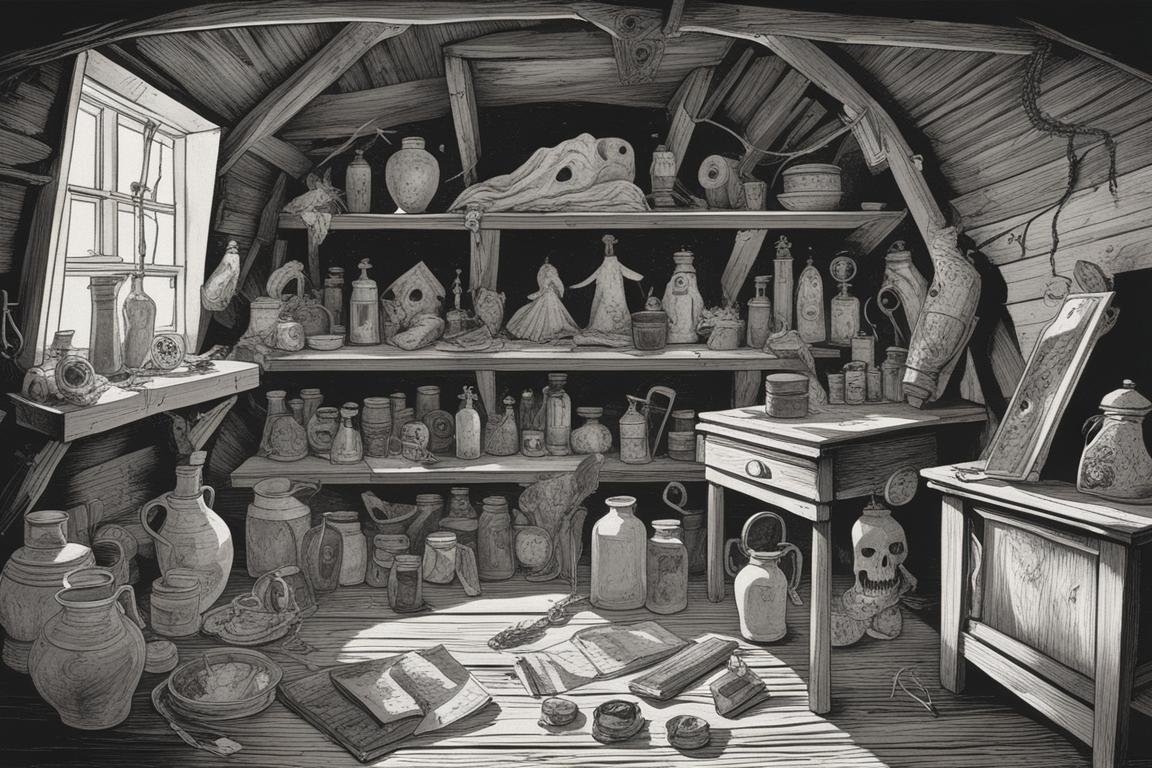
Kelly Links The Specialists Hat is a contemporary twist on the ghost story, where ambiguity reigns supreme. The narrative delves into the eerie and the uncanny, leaving readers questioning what is real. The ghost, or rather the idea of it, serves as a metaphor for loss, grief, and the incomprehensibility of death, especially through the eyes of children.
5. The Ghost of the Nineteenth Century by W. B. Yeats
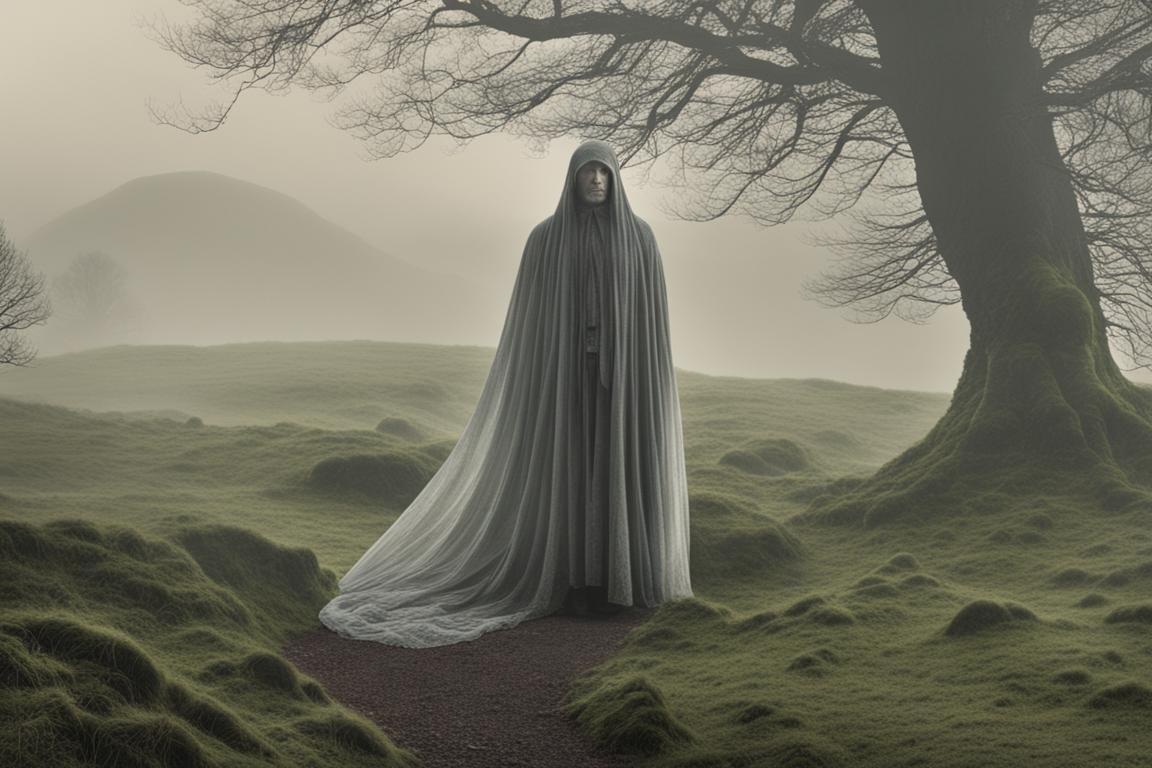
W.B. Yeats, known for his fascination with the supernatural, presents a ghost that is less a figure of fear and more a symbol of longing for a bygone era. “The Ghost of the Nineteenth Century” reflects Yeats’ own preoccupations with the past and the cultural identity of Ireland, weaving together personal, historical, and mythical elements.
6. The Jolly Corner by Henry James
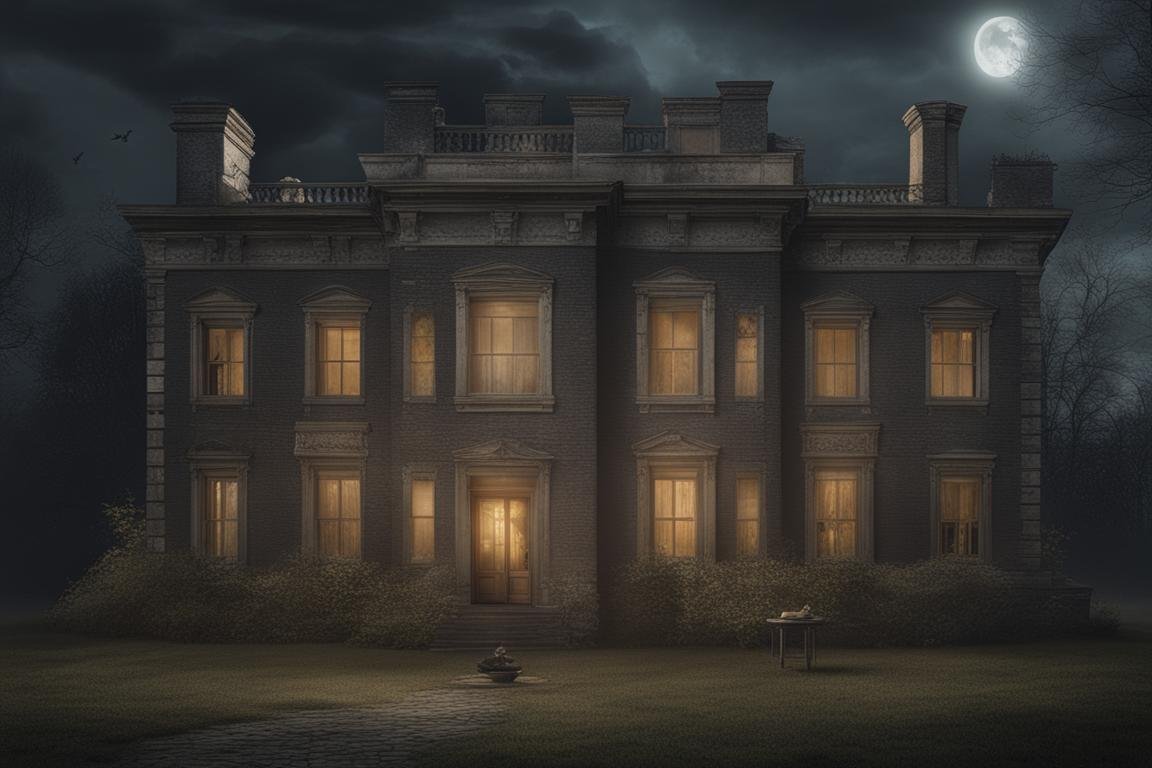
In “The Jolly Corner,” Henry James crafts a story of self-discovery and existential dread. The protagonists spectral encounter is with his own might-have-been, a ghost of the self that never was. This tale delves deep into the psychology of the individual, exploring themes of identity, regret, and the paths not taken.
7. The Ghost of a Hand by J. Sheridan Le Fanu
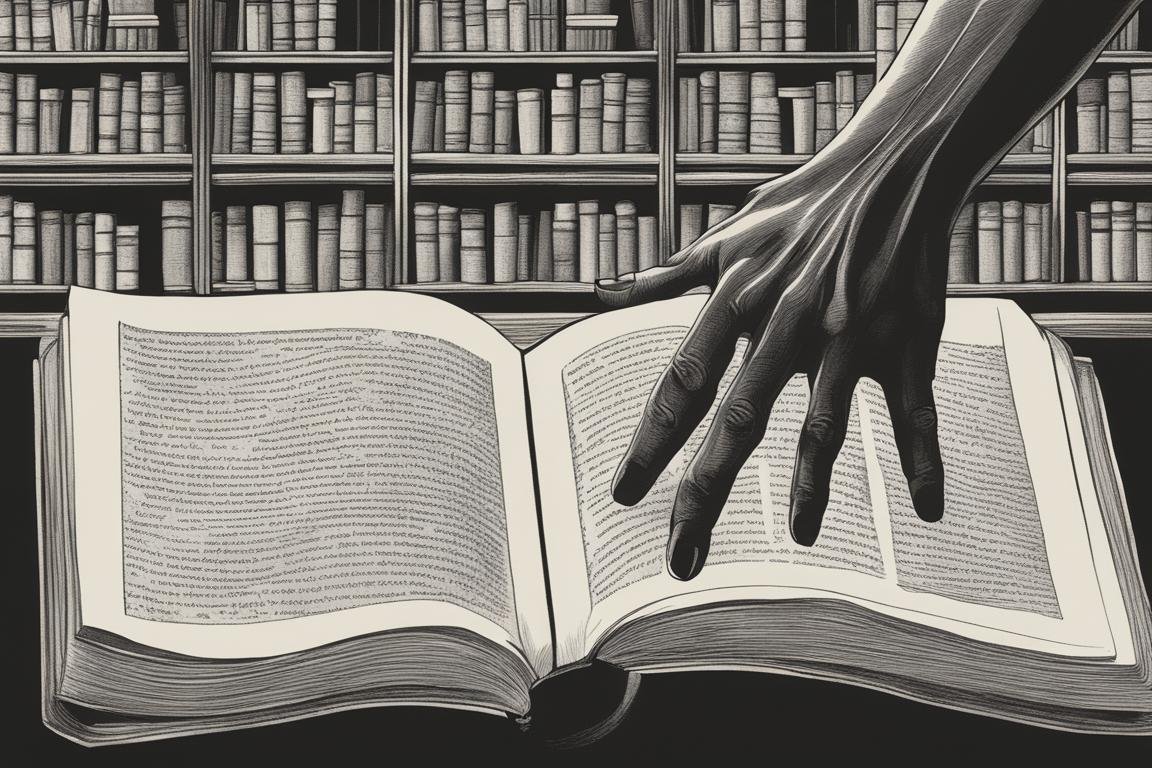
J. Sheridan Le Fanu’s “The Ghost of a Hand” employs one of the classic tropes of ghost stories: the disembodied appendage. Yet, this story stands out for its ability to instill dread with minimalism. The ghostly hand symbolizes the intrusion of the past into the present, a tangible reminder of unresolved guilt and fear.
8. The Turn of the Screw by Henry James
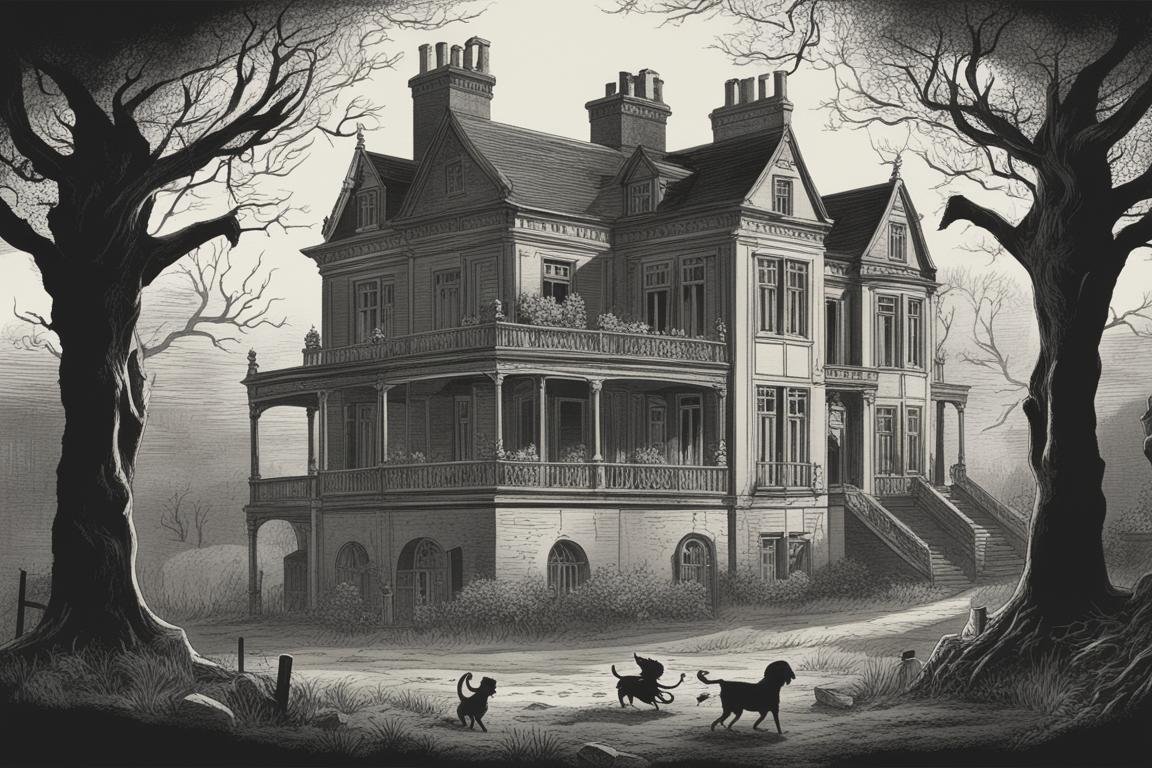
“The Turn of the Screw” is perhaps one of the most analyzed ghost stories in literature, renowned for its ambiguity and complexity. Henry James weaves a tale that can be interpreted in myriad ways, with the ghosts potentially being figments of the governess’s imagination, manifestations of her repressed desires, or actual supernatural entities. This story invites readers to ponder the nature of evil and the power of suggestion.
9. The Haunting of Hill House by Shirley Jackson
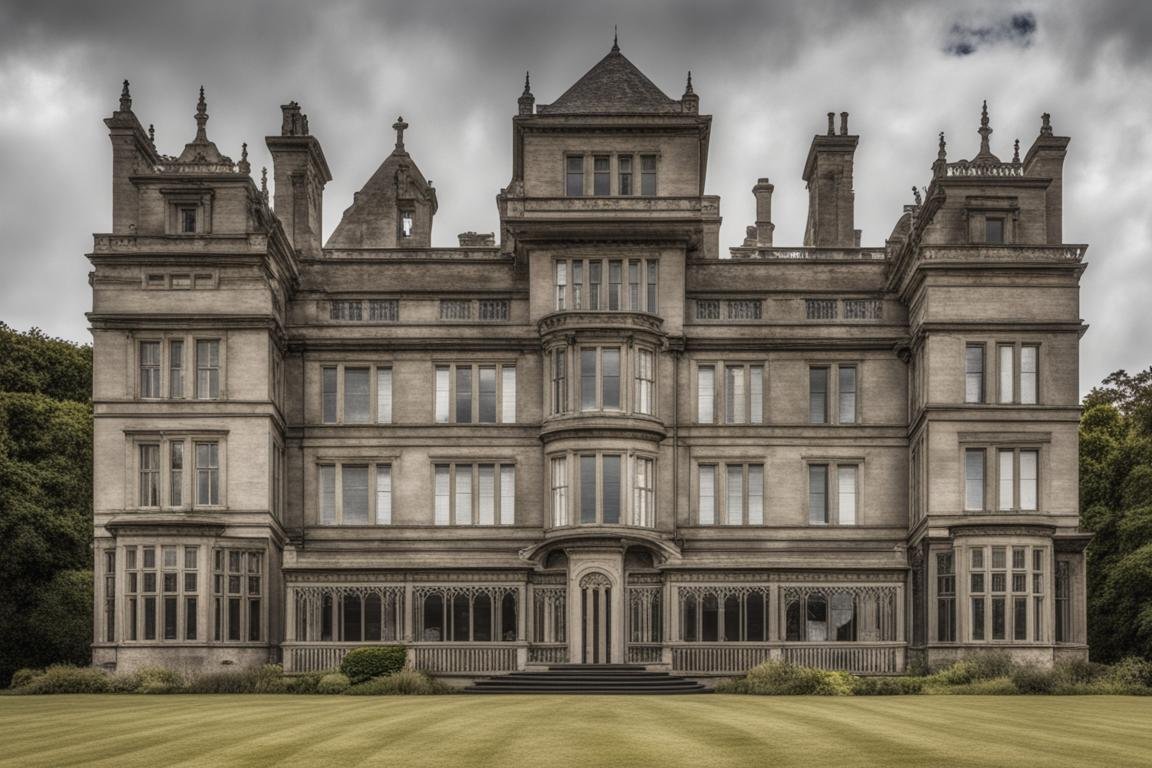
Shirley Jackson’s “The Haunting of Hill House” is a cornerstone of the haunted house genre, blending psychological depth with supernatural phenomena. The house itself is a ghost, a malevolent entity that preys on the vulnerabilities of its inhabitants. Jackson masterfully explores themes of isolation, madness, and the longing for belonging, making the story resonate on multiple levels.
10. The Woman in Black by Susan Hill
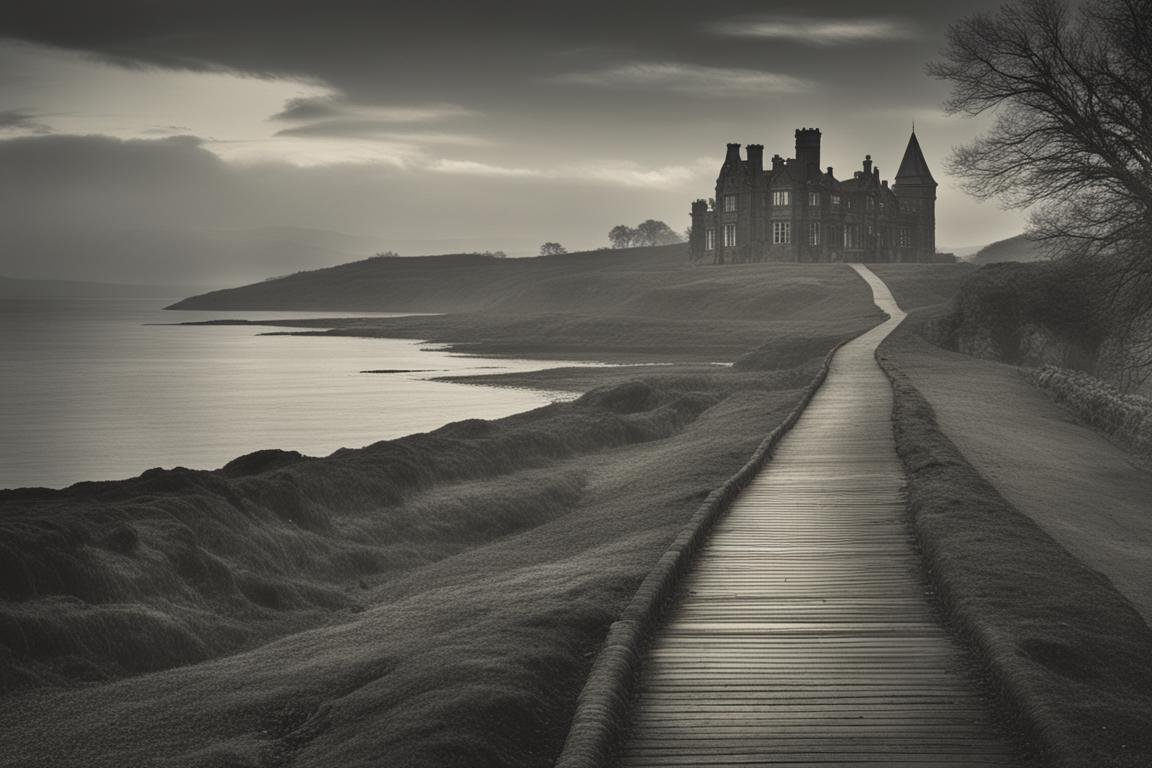
Susan Hill’s “The Woman in Black” is a gothic revival masterpiece that pays homage to the traditional English ghost story while infusing it with modern sensibilities. The ghost, a woman wronged by society, seeks vengeance from beyond the grave, her story a chilling commentary on the consequences of social injustice and personal tragedy.
Conclusion
These ten stories, with their diverse hauntings and spectral manifestations, offer a glimpse into the myriad ways ghosts have been interpreted in literature. They serve not only to frighten but to provoke thought, challenge perceptions, and explore the human condition. Ghosts, it would seem, are more than just the undead; they are reflections of our fears, desires, and the unresolved echoes of our pasts. Through the lens of these narratives, we come to understand that the true meaning of ghosts in literature lies in their ability to haunt not just the characters within the tales but the readers themselves, long after the final page is turned.
Answers To Common Questions
Who are some famous literary ghosts and spirits?
Shakespeare’s Hamlet’s father and Dickens’ Jacob Marley are iconic examples.
What is the significance of ghosts in literature?
Ghosts often symbolize unresolved issues, guilt, or the past haunting the present.
How do authors use ghosts in storytelling?
Authors use ghosts to create tension, convey messages from beyond, or explore themes of mortality.
Why do ghosts in literature often appear as warnings?
Ghosts are depicted as warnings to the living to avoid their fate or change their ways.
What if someone doesn’t believe in ghosts in literature?
Even for skeptics, ghosts in literature serve as powerful metaphors for psychological turmoil.
How do ghosts in literature reflect societal fears?
Ghosts in literature often mirror societal fears of death, the unknown, or the consequences of actions.


